Text
I'm sorry I'm "one of those" who still gestures with her hands while on the phone despite knowing the other person cannot see me.
0 notes
Text
I make ONE joke about how I imagine a judge watching an avocado ripen whenever a matter is adjourned because a motion isn't ripe yet, and my attorney friend just sends me a random picture of an unripe avocado whenever there's no movement.
0 notes
Text
Colour Psychology (For writers)
Peace and blessings upon everyone!
I hope life's treating you well. I’m Esmeray and I welcome you to this post on my blog Dear Esmeray.
Have you ever wondered how colors can shape your readers' experience? Today, I'll share with you some color psychology and explore how it can enhance your writing.
Pink:
Sensitivity
Love
Kindness
Friendly
Tenderness
Vulnerability
Red:
Life
Victory
Blood
Wrath
Boldness
Danger
Passion
Violence
Black:
Power
Authority
Elegance
Protection
Formality
Sophistication
Mystery
Death
Boldness
Sadness
Evil
Orange:
Fire
Protection
Fresh
Cheerful
Optimistic
Warmth
Green:
Growth
Renewal
Harmony
Prosperity
Energy
Blue:
Travel
Trust
Relaxation
Calm
Authority
Purple:
Loyalty
Inspiration
Imagination
Mystery
Regal
Wisdom
Arrogance
So next time you write, consider the colors you choose – they may have more power than you think. With a thoughtful palette, you can paint your story in a whole new light. Happy writing!
With love,
Esmeray ♡
933 notes
·
View notes
Text
Let's talk about character voices.
Giving a character a unique voice in your writing involves several elements, including word choice, sentence structure, dialogue quirks, and mannerisms. By incorporating these elements into your writing, you can create characters with distinct voices that resonate with readers and bring your story to life.
Here are some tips to help you create distinctive voices for your characters:
Distinct Vocabulary: Choose words that reflect the character's background, personality, and education level. Consider their profession, interests, and experiences when selecting vocabulary. For example, a well-educated professor would likely use more sophisticated language.
Dialogue Quirks: Give each character specific speech patterns or quirks that set them apart. This could include repeated phrases, stuttering, using or avoiding contractions, or speaking in a particular dialect or accent. Be careful not to overdo it, though, as too much can become distracting.
Sentence Structure: Pay attention to the rhythm and structure of their sentences. Some characters might speak in short, abrupt sentences, while others might use long, flowing ones. This can convey their confidence, hesitation, or urgency.
Internal Monologue: Show the character's unique thought process through their internal monologue. This can help readers understand their motivations, fears, and desires, further distinguishing them from other characters. (This may not necessarily apply to your story if you're writing in a third person omniscient perspective, or if you intend to exclusively follow the internal monologue of the main character.)
Physical Gestures and Actions: Incorporate the character's physical gestures and actions into their dialogue to add depth to their voice. For example, a nervous character might fidget, slouch, or avoid eye contact while speaking, while a confident character might stand tall and make direct eye contact.
Background and History: Consider the character's background and history when crafting their voice. Their upbringing, cultural influences, and past experiences can all shape the way they speak and interact with others.
Consistency: It's important to maintain consistency in the character's voice throughout the story. Pay attention to their speech patterns, vocabulary, and mannerisms to ensure they remain true to their established personality.
Listen to Real Conversations: Pay attention to how people speak in real life, including their tone, vocabulary, and speech patterns. Drawing inspiration from real conversations can help you create authentic and believable dialogue for your characters.
Read Aloud: Reading your dialogue aloud can help you identify areas where the character's voice may not sound authentic. If it doesn't sound like something they would say, revise.
Avoid Stereotypes: While it's okay to draw inspiration from archetypes, be careful not to rely too heavily on stereotypes. Instead, strive to create complex, multidimensional characters with unique voices.
Hope this helps!
3K notes
·
View notes
Text



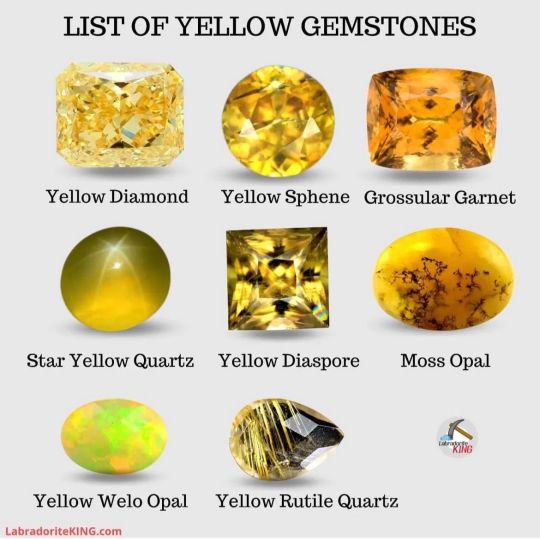
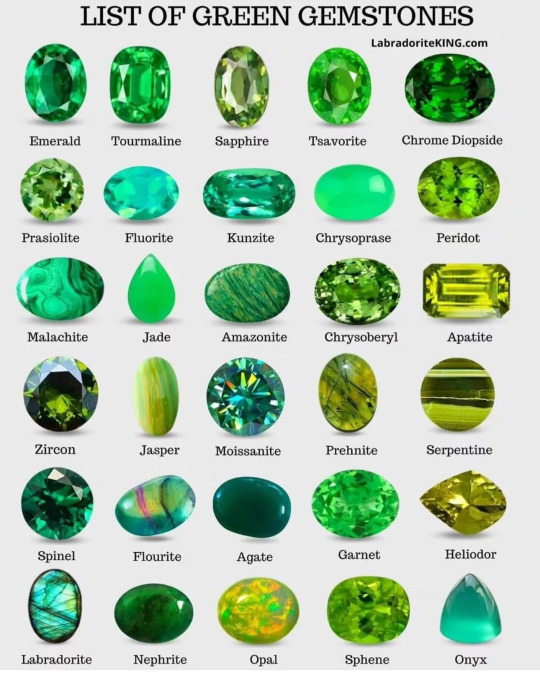
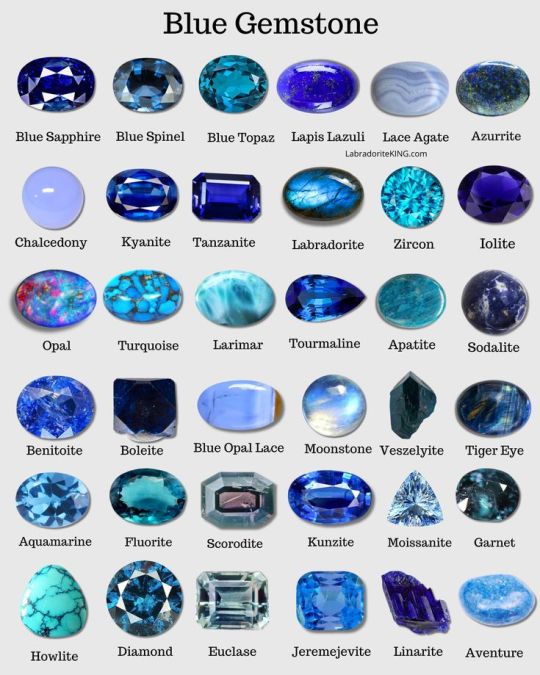
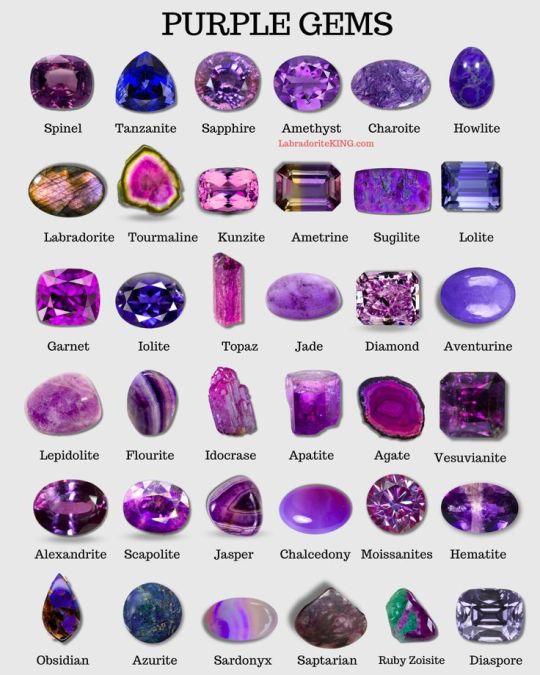
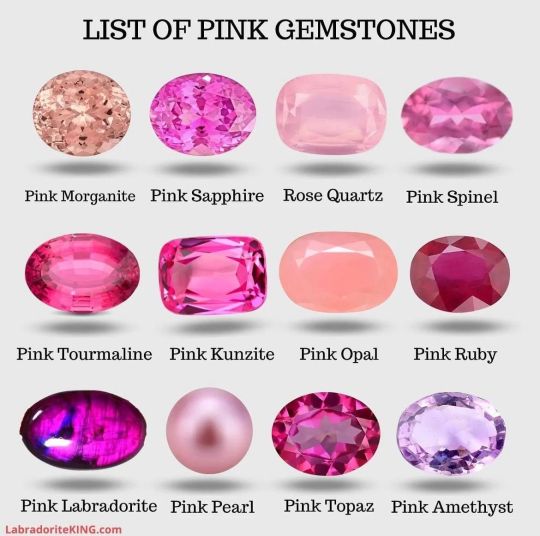
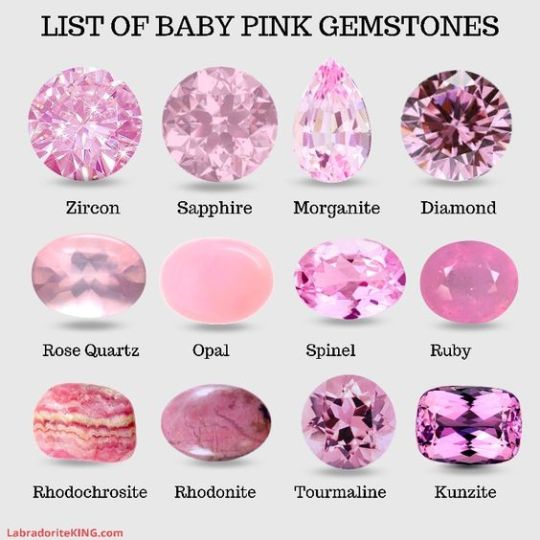
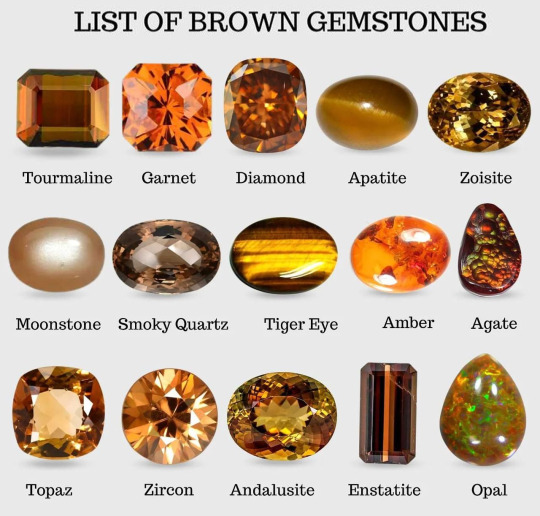
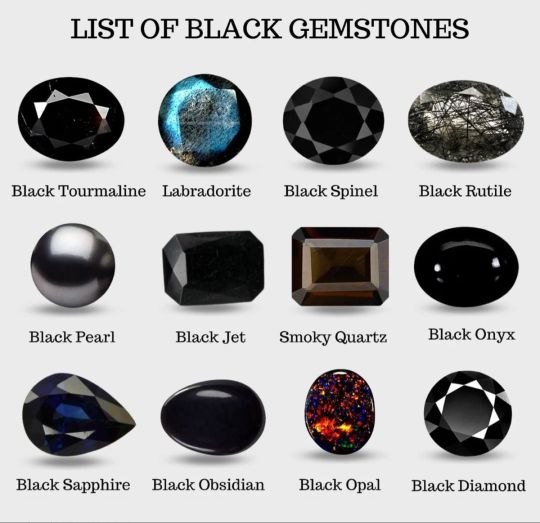

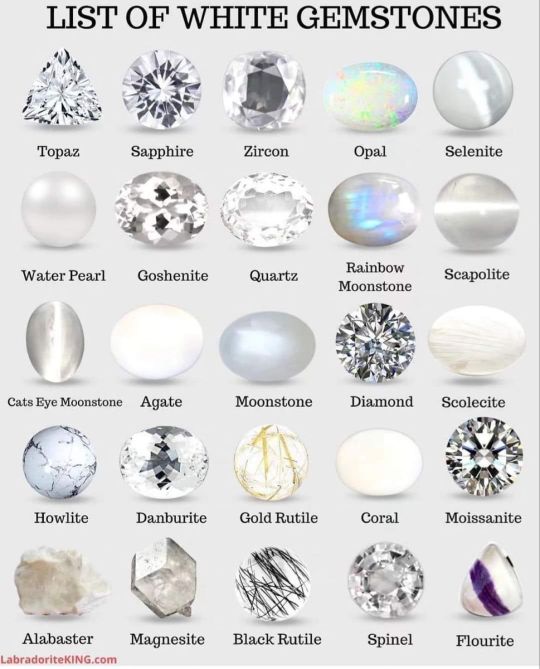
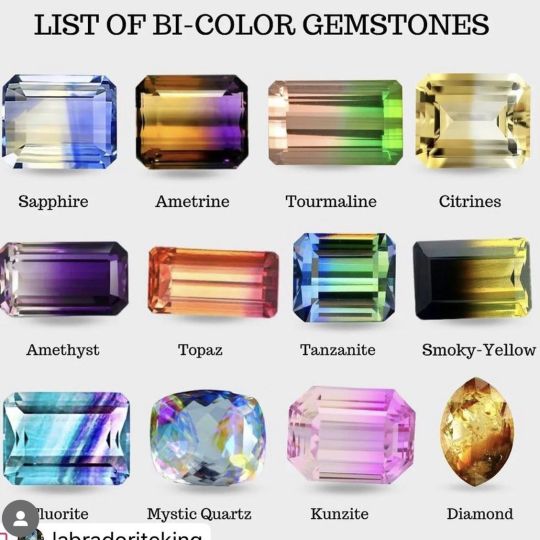
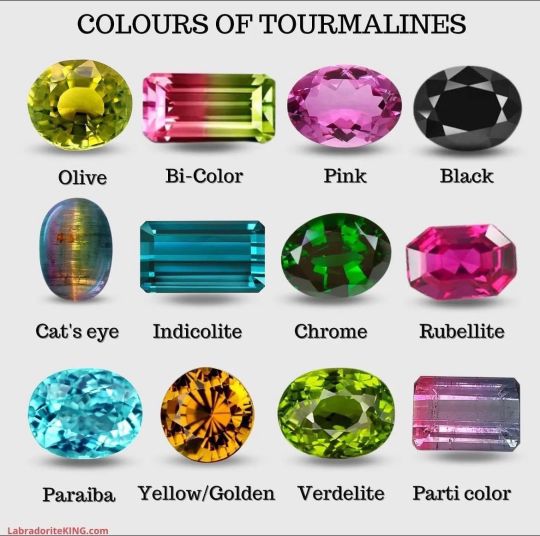
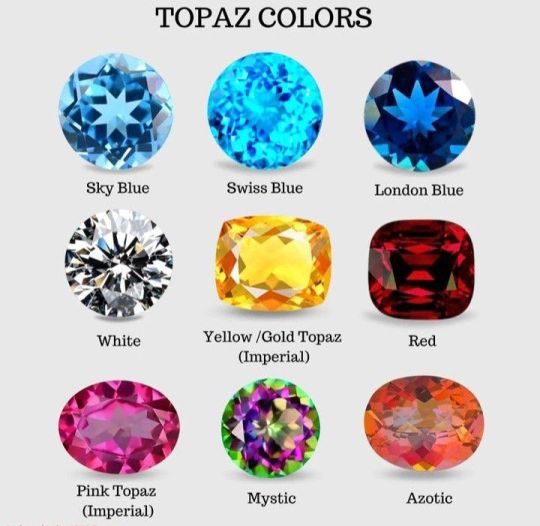

By LabradoriteKing on Pinterest
103K notes
·
View notes
Text
Tips for writing black characters
Day-to-day practical and minor stuff, specially regarding hair
If you have curly/afro hair then you are only going to need to wash it one or twice a week
But it can take a while. When I had long hair it used to take me 2h in the bathroom to properly wash it. That's why I only did it once a week. But it really will depend of the thickness and lenght of their hair.
It can be a little harder to find products for their hair, because straight/wavy hair products don't work on ours
If you wash curly hair many times a week it will eventually lose its nutrients, differently from straigh hair
If your character originally had curly hair but straightened it, it's probably going to look a little drier than naturally straight hair. it's a case-case scenario, though
If they have a skin care routine or want one they'll also need products made specifically for black skin
Your character is not immune to sunburns. It's harder to see if it gets red depending on how dark their skin is, but it's there. The more melanin they have, the more protected from the sun they are, but it's not gonna 100% prevent them from getting sunburnt.
Oh, and it can be pretty hard to dye it because first, if your hair is very dark, you have to decolor it, and depending on how black it is it can take a while and a few tries to get in a tone good for dying.
If they have long hair they're probably going to take a while combing it because you have to apply the hair cream lock by lock
They may have a haircare routine every month or so. Not everybody does it but if your character is disciplined and wants their hair to be extra healthy and neat they'll probably have one
If they care a lot about their appearence they'll probably have a lot of hair brushes of different types because depending on your brush you can comb it in a variety of ways, making your hair look fuller, making the curls look defined, etc.
1K notes
·
View notes
Text
Even years after graduation, I still fight to propagate the only absolute in this world: Chicago-style is the superior citation style.
0 notes
Text
Advice for writing relationships
Ship Dynamics
How to create quick chemistry
How to write a polyamorous relationship
How to write a wedding
How to write found family
How to write forbidden love
Introducing partner(s) to family
Honeymoon
Date gone wrong
Fluffy Kiss Scene
Love Language - Showing, not telling
Love Language - Showing you care
Affections without touching
Giving the reader butterflies with your characters
Reasons a couple would divorce on good terms
Reasons for breaking up while still loving each other
Relationship Problems
Relationship Changes
Milestones in a relationship
Platonic activities for friends
Settings for conversations
How to write a love-hate relationship
How to write enemies to lovers
How to write lovers to enemies to lovers
How to write academic rivals to lovers
How to write age difference
Reasons a couple would divorce on good terms
Reasons for having a crush on someone
Ways to sabotage someone else's relationship
Ways a wedding could go wrong
Arranged matrimony for royalty
If you like my blog and want to support me, you can buy me a coffee or become a member! And check out my Instagram! 🥰
21K notes
·
View notes
Text
Some of my favorite words and phrases to describe a character in pain
coiling (up in a ball, in on themselves, against something, etc)
panting (there’s a slew of adjectives you can put after this, my favorites are shakily, weakly, etc)
keeling over (synonyms are words like collapsing, which is equally as good but overused in media)
trembling/shivering (additional adjectives could be violently, uncontrollably, etc)
sobbing (weeping is a synonym but i’ve never liked that word. also love using sob by itself, as a noun, like “he let out a quiet sob”)
whimpering (love hitting the wips with this word when a character is weak, especially when the pain is subsiding. also love using it for nightmares/attacks and things like that)
clinging (to someone or something, maybe even to themselves or their own clothes)
writhing/thrashing (maybe someone’s holding them down, or maybe they’re in bed alone)
crying (not actual tears. cry as in a shrill, sudden shout)
dazed (usually after the pain has subsided, or when adrenaline is still flowing)
wincing (probably overused but i love this word. synonym could be grimacing)
doubling-over (kinda close to keeling over but they don’t actually hit the ground, just kinda fold in on themselves)
heaving (i like to use it for describing the way someone’s breathing, ex. “heaving breaths” but can also be used for the nasty stuff like dry heaving or vomiting)
gasping/sucking/drawing in a breath (or any other words and phrases that mean a sharp intake of breath, that shite is gold)
murmuring/muttering/whispering (or other quiet forms of speaking after enduring intense pain)
hiccuping/spluttering/sniffling (words that generally imply crying without saying crying. the word crying is used so much it kinda loses its appeal, that’s why i like to mix other words like these in)
stuttering (or other general terms that show an impaired ability to speak — when someone’s in intense pain, it gets hard to talk)
staggering/stumbling (there is a difference between pain that makes you not want to stand, and pain that makes it impossible to stand. explore that!)
recoiling/shrinking away (from either the threat or someone trying to help)
pleading/begging (again, to the threat, someone trying to help, or just begging the pain to stop)
Feel free to add your favorites or most used in the comments/reblogs!
39K notes
·
View notes
Text
Me: "Friend, send me some recs for music to fall asleep to."
Friend: *sends an old-ass recording of something I wrote in high school*
Friend: "I got tired of your arpeggios."
I love my friends SO much.
0 notes
Text
Me in work meetings: "Please shut up so this can finish faster."
Also me in those same work meetings: "LET ME GO ON THIS WILD-ASS TANGENT!!!"
0 notes
Text
Only six minutes into this presentation, and it's so obvious she's just reading from the PowerPoint. I just want to ask for control of the meeting and read it better than her.
0 notes
Text
Some of my favorite words and phrases to describe a character in pain
coiling (up in a ball, in on themselves, against something, etc)
panting (there’s a slew of adjectives you can put after this, my favorites are shakily, weakly, etc)
keeling over (synonyms are words like collapsing, which is equally as good but overused in media)
trembling/shivering (additional adjectives could be violently, uncontrollably, etc)
sobbing (weeping is a synonym but i’ve never liked that word. also love using sob by itself, as a noun, like “he let out a quiet sob”)
whimpering (love hitting the wips with this word when a character is weak, especially when the pain is subsiding. also love using it for nightmares/attacks and things like that)
clinging (to someone or something, maybe even to themselves or their own clothes)
writhing/thrashing (maybe someone’s holding them down, or maybe they’re in bed alone)
crying (not actual tears. cry as in a shrill, sudden shout)
dazed (usually after the pain has subsided, or when adrenaline is still flowing)
wincing (probably overused but i love this word. synonym could be grimacing)
doubling-over (kinda close to keeling over but they don’t actually hit the ground, just kinda fold in on themselves)
heaving (i like to use it for describing the way someone’s breathing, ex. “heaving breaths” but can also be used for the nasty stuff like dry heaving or vomiting)
gasping/sucking/drawing in a breath (or any other words and phrases that mean a sharp intake of breath, that shite is gold)
murmuring/muttering/whispering (or other quiet forms of speaking after enduring intense pain)
hiccuping/spluttering/sniffling (words that generally imply crying without saying crying. the word crying is used so much it kinda loses its appeal, that’s why i like to mix other words like these in)
stuttering (or other general terms that show an impaired ability to speak — when someone’s in intense pain, it gets hard to talk)
staggering/stumbling (there is a difference between pain that makes you not want to stand, and pain that makes it impossible to stand. explore that!)
recoiling/shrinking away (from either the threat or someone trying to help)
pleading/begging (again, to the threat, someone trying to help, or just begging the pain to stop)
Feel free to add your favorites or most used in the comments/reblogs!
39K notes
·
View notes
Note
how to create good characterization naturally? The chemistry in between characters without seeming forced
Great character chemistry can turn a good story into one that readers can’t forget. It’s a spark that makes your characters’ relationships seem real and exciting. Let’s look at how to make your characters interact in a way that feels natural and keeps readers hooked from start to finish.
Behaviour
Have characters unconsciously mirror each other’s actions.
Include small acts of intimacy, like sharing inside jokes or personal anecdotes.
Show characters prioritising each other’s needs or sacrificing their interests for the other.
Develop unique habits that characters only exhibit around each other.
Use consistent, unique actions or quirks that reveal a character’s feelings.
Create scenarios where characters defend each other’s viewpoints or actions to outsiders.
Allow characters to show vulnerability around each other.
Have characters unintentionally adopt each other’s mannerisms or phrases over time.
Have your characters make an effort to engage in activities they don’t typically enjoy, just to be with the other person.
Show characters naturally falling into synchronised rhythms, like walking in step.
Interactions
Lace your dialogue with subtext.
Have characters finish each other’s sentences or speak in unison without planning it.
Include playful banter and light teasing.
Allow for moments of comfortable silence that show a mutual understanding and connection.
Conflicts should be heated, but often end in mutual respect and a stronger bond.
Write intimate conversations where characters share secrets or dreams.
Develop scenes where characters work together seamlessly, anticipating each other’s moves.
Write moments where one character can tell what the other is thinking just by looking at them.
Have interactions where characters seek each other out for advice or comfort.
Create situations where characters celebrate each other’s achievements genuinely and enthusiastically.
Body language
Subtle touches like brushing hands or a gentle push that lingers just a moment too long.
Leaning towards each other while talking, showing attraction or interest.
Describe the way characters mirror each other.
A characters’ eyes lighting up or softening when they look at each other.
Positioning themselves between their partner and a threat.
Unintentional proximity, like standing or sitting closer than necessary.
Nervous gestures that characters show only around each other, like fidgeting or playing with their hair.
Warm, genuine smiles that are reserved for one another.
Instinctively reaching out to comfort each other in times of distress.
Relaxed posture in each other’s company.
Attitude
Show a respect for one another that they don’t show with others.
Are consistently patient with one another’s flaws.
Willingness to compromise or find middle ground.
Giving each other the benefit of the doubt in misunderstandings.
Unconditional support during difficult times.
Take pride in each other’s accomplishments, without jealousy.
Consistently have faith in each other’s abilities and decisions.
Openly express admiration for one another’s talents or character traits.
Maintain a positive outlook on the other’s intentions, even when they make mistakes.
Show an understanding between characters that goes beyond words.
Positive story outcomes
Stronger alliances or partnerships.
Romantic subplots that add depth and interest to the main story.
Believable character development as they influence each other positively.
Moments of triumph where their combined strengths overcome obstacles.
Deep, meaningful friendships.
Can easily resolve conflicts that seemed insurmountable.
Celebration is more impactful due to their shared success.
A fortified sense of trust that can be pivotal in critical story moments.
Enhanced reader investment in the characters and their relationships.
Openings for sequels or spin-offs based on popular characters dynamics.
Negatives story outcomes
Conflict arising from misunderstanding or jealousy.
Unresolved tension between characters on the outside.
Can lead to unnecessarily complex emotional entanglements
Creates obstacles due to the characters’ strong connection being exploited by antagonists.
Tragic outcomes when the chemistry between characters causes them to make irrational choices.
Intense confrontations that threaten the relationship.
Betrayals that are more impactful because of the depth of their relationship.
Unforeseen sacrifices that characters make for each other.
Heightened stakes when the wellbeing of one character is tied to the other.
Unexpected changes in the character when relationships are cut short.
Helpful vocabulary
Smitten
Love
Afffection
Desire
Charisma
Intimate
Playful
Magnetic
Affectionate
Devoted
Engrossed
Dynamic
Mesmerizing
Empathy
Kinship
Enthralled
Spark
Trust
Harmony
Synergy
Supportive
Heartfelt
Genuine
Symbiotic
Unbreakable
Deep-seated
Fascinating
Bonded
Authentic
Obsession
663 notes
·
View notes
Note
Hello! I often find myself in a situation where I have a group of characters, and I find myself finding multiple ways that they could end up in a relationship, so I don't really know who would be the right one for them. Do you have any advice how to spot the chemistry between characters, and decide on what's going to be the endgame?
Guide: Creating Romantic Chemistry
I want to start by saying that chemistry can exist in any relationship–not just romantic ones. While this guide is specific to romantic chemistry, if you take out the romantic elements, some of these tips could apply to other relationships, too.
Specific to Anon’s question: You don’t spot romantic chemistry between your characters–you create it. As much as we like to think of our characters as real people independent of our imaginations, they’re not. Chemistry can’t exist between two characters unless you put in all the necessary ingredients.
What is romantic chemistry? Romantic chemistry is a balanced exchange of physical, intellectual, social, or emotional energy between two people–a constantly shifting dynamic (or “back and forth”) of opposition and harmony. It’s often said to begin as a “spark” or “click” between two people that indicates there’s something special between them.
How does romantic chemistry work? When two people first interact, or when they begin to interact in a new way or under new circumstances, they begin to respond to social cues and subliminal signals from one another. Social cues would be things like banter, flirting, discovering things in common, sharing, and learning each other’s relationship availability. Subliminal signals are more subtle, such as your brain responding to the other person’s open body language without you realizing it, or your brain detecting hints of sexual desire from the other person and reacting by ramping up your sex-related hormones. It can even be non-sexual but purely romantic, where your brain simply detects a million subtle signs of the other person’s interest without you being aware of it.
Romantic chemistry between two PEOPLE requires two or more of the following key ingredients:
1) Physical Attraction - your characters share a desire to touch and be touched. In romance, this is often but not always sexual.
2) Emotional Attraction - your characters share a desire to connect on a deeper level, to learn about each other’s feelings, beliefs, opinions, and experiences.
3) Intellectual Attraction - your characters share a desire to engage with each other’s interests, knowledge, and intellect.
4) Social Attraction - your characters share a desire to interact with each other on a social level, wanting to do social things together like hang out with friends, go to parties, go on dates, spend time with each other laughing and talking, and doing the kinds of social things that friends and romantic partners tend to do.
Romantic chemistry between two CHARACTERS requires the following key ingredients:
1) Fully realized characters - your characters must be fully developed people with all of the things required for good character development.
2) Something to forge the bond - your characters must discover at least one thing in common when they first begin interacting, which creates a desire between them to continue interacting.
3) Some type of attraction - your characters must feel a “spark” based on one of the types of attraction listed above as they continue to interact, which makes them want to get to know each other and leads to the formation of at least one other type of attraction. Consider which types of attraction would be most important to your characters based on who they are.
4) Dance of “opposition and harmony” - your characters should continue to interact as the story progresses, through banter, flirtation, touch, argument, and conflict, but always in a way that is balanced between them.
5) Conflict, tension, stakes and thematic alignment - every story needs a conflict, every character needs a conflict, and every relationship needs a conflict. Your characters’ personal conflicts and relationship conflicts should play off each other and be pertinent to the story’s theme, with each character representing different elements of the story’s theme and conflict. There should also be stakes to the relationship: what happens if the relationship works? What happens if it doesn’t? What do the characters have to lose by being together? What do they have to lose by not being together?
Romantic chemistry visuals can be achieved in a variety of ways. My post The Subtle Signs of Romantic Interest and Love will help with some of the internal and external cues. Remember, your characters are building a bond. They need to learn to trust one another. They need to learn to share and compromise, give and receive. My posts Guide: Characters Falling in Love and Transitioning Through Levels of Affection offers additional help.
Remember: two people with romantic chemistry are like a thunderstorm. Clouds form and crash together producing lightning, thunder, rain, and rainbows. Romance is BIG, messy, and beautiful. The most important thing you can do for your couple once their chemistry is established is to make sure there’s always forward motion. Your characters need to progress through the relationship and ultimately change one another in ways they’d never dreamed of.
Here are some posts that may help you craft your characters’ romantic chemistry. I’ll include the ones from above again, too:
The Subtle Signs of Romantic Interest and Love
Guide: Characters Falling in Love
Transitioning Through Levels of Affection
Enemies to Romance
Playful Dislike to Love
Friendship Turns to Romance
Ways for Love Interests to Meet
Creating Conflict in a Romantic Relationship
Even Romance Needs a Little Conflict
Writing a Kissing Scene
Good luck with your story!
————————————————————————————————-
Have a question? My inbox is always open, but make sure to check my FAQ and post master lists first to see if I’ve already answered a similar question. :)
1K notes
·
View notes
Text
Foreshadowing Ideas
• Character themes/motifs. I’ve heard of one writer who tries to give each character their own theme for similes, metaphors, descriptions, etc so there’s like a theme to the way they’re portrayed. You could use that to foreshadow notable secrets about the character that will later be revealed, or if at any point they’re disguised then you can use that to tip off the reader that they have the same motifs and so might be related/the same person
• Tiny details hidden in lists. Say the MC was trying to work out the identity of a bad guy, who we know was wearing a red shirt on the day of a big bad event. A few chapters later, MC is checking around their best friend’s room to find them, with the place its usual mess with discarded takeaway boxes, the bed unmade, a red shirt left on the floor that could use a good sweep. The red shirt might not click with all the readers, but those who register it upon their first read will eat it up
• Inconsistent behavioural patterns. Once we have a good idea of what a character is like, having them act out of character can set off alarm bells and make us question what’s occurred to make them act this way. Let the other characters register it too, if it’s reasonable that they would, but let them ultimately brush it off quite quickly to keep it subtle. Or just call it right out, whichever you prefer
• Unreliable narrators. Let one character say one thing and a second character say another, even if they both ultimately agree on the same thing but get one or two small details wrong. Ideally do this two or three times in order for the reader to know it’s not just a mistake in the plot but an intentional inconsistency, but even if it’s only done once and it’s taken as a mistake it’ll still slot together like puzzle pieces in the end and they’ll be kicking themself for dismissing it
• In-universe red herrings. If you’re going to add red herrings as foreshadowing, it’s helpful if the red herring aligns with the intentions of someone person aware of the upcoming plot twist who’s trying to control the narrative. Say the plot twist was the reveal of a mysterious character’s identity to be the best friend of the MC, the best friend might have deliberately thrown the MC off their scent by planting suspicions in the MC’s mind that a different character was the mysterious character’s identity all along. This is less about foreshadowing the actual reveal, of course, but rereads will be a punch to the gut when everyone realises that all this misinformation and red herring business came from someone trying to cover their own ass rather than coming from misunderstandings or multiple other random sources
3K notes
·
View notes

